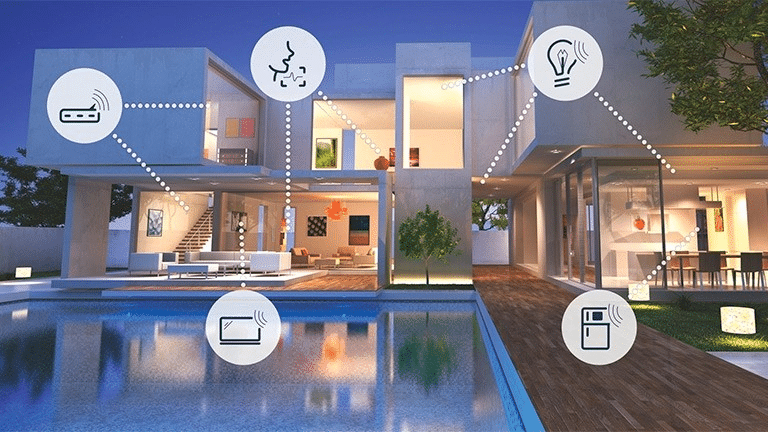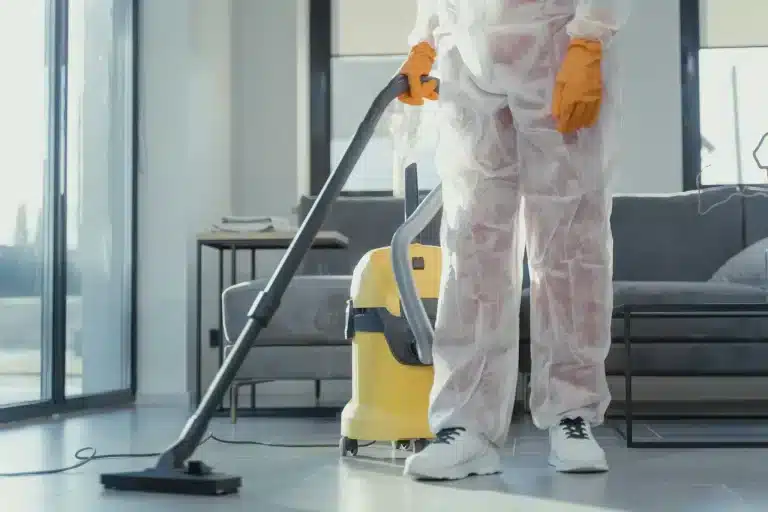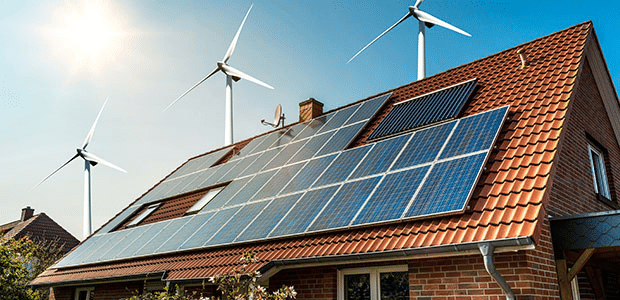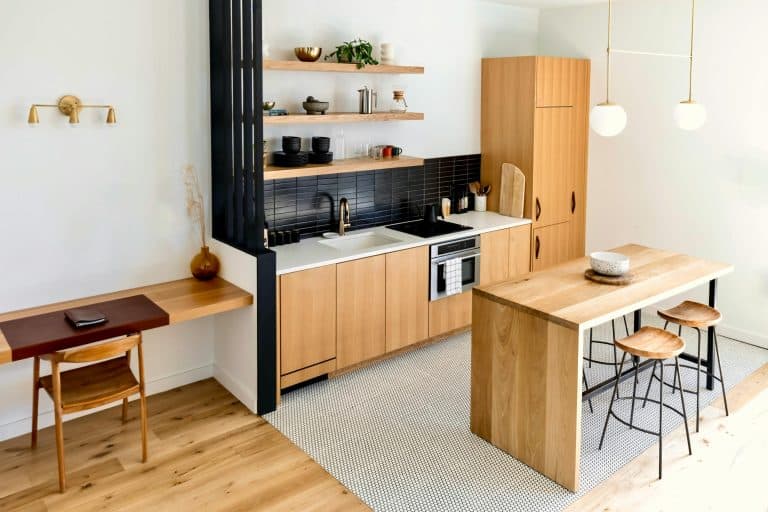In this era characterized by technology, our homes are becoming more intelligent than they have ever been before in this era that is characterized by the advent of technology. Smart home technology is transforming how we interact with our living spaces.
This includes the ability to manage our thermostats with a simple voice command and receive warnings on our smartphones regarding potential security breaches. This article discusses the development of smart homes and how these innovations are transforming home infrastructure.
The Foundation of Smart Homes: Connectivity
According to Lisa Ockinga, Chief Product Officer at Ling, “Internet connectivity is an essential component of the smart home concept. Smart gadgets equipped with sensors and internet access enable homeowners to monitor and control various parts of their houses remotely.
Connectivity is the foundation of modern smart homes, enabling a wide range of functions such as lighting alteration, temperature regulation, and live video feeds for pet monitoring.
The Nest Learning Thermostat, an example of a smart thermostat, can learn the routines and preferences of homeowners and then automatically adjust the heating and cooling systems to achieve the highest level of comfort while consuming the least amount of energy.
Enhanced Energy Efficiency: Saving Resources and Money
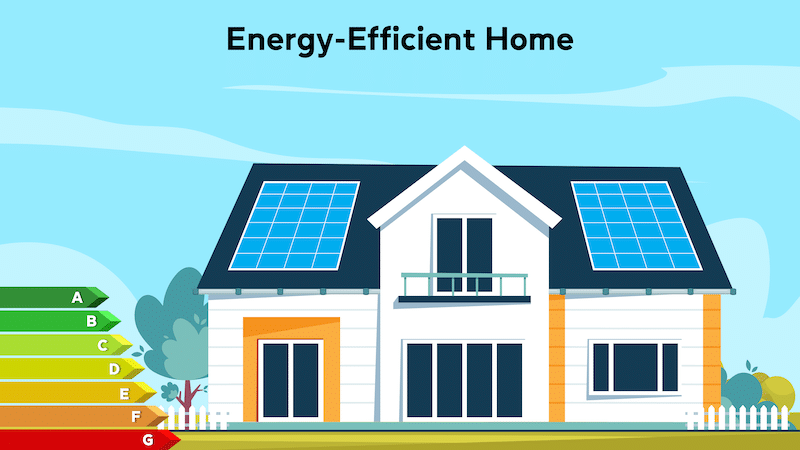
“The contribution that smart home technology makes to energy efficiency is among the most significant advantages you can get from using it. For instance, smart thermostats can learn the preferences of homeowners and then modify the heating and cooling systems accordingly, maximizing the amount of energy that is used.
Furthermore, smart lighting systems can be configured to switch off when they are not in use, which further reduces the amount of energy consumed and the amount of money spent on utility bills,” says Gerrid Smith, Chief Marketing Officer at Joy Organics.
Additionally, smart appliances such as refrigerators and washing machines can work during off-peak hours, which is when electricity costs are cheaper. This allows for increased savings in terms of both resources and money throughout their lifetime.
Security Reinvented: Protecting What Matters Most
Holly Cooper, Marketing Manager at Windows & Doors UK, shares, “The days of depending entirely on conventional locks and alarm systems to protect our homes are long gone thanks to technological advancements.
Smart security systems incorporate features like motion sensors, doorbell cameras, and real-time monitoring, accessible through smartphone apps, offering a comprehensive approach to safeguarding their customers’ homes.
These advancements provide homeowners with peace of mind, ensuring the protection of their properties even when they are not present.
For example, smart doorbell cameras such as Ring enable homeowners to see, hear, and communicate with guests from any location using their smartphones. This improves both the safety and convenience of the home.
Personalized Comfort and Convenience
Smart home technology considers individual preferences, offering unprecedented levels of comfort and convenience. Homeowners can operate a variety of devices with simple voice commands thanks to speech-activated assistants such as Amazon Alexa and Google Assistant.
These assistants allow homeowners to do whatever they want, from adjusting the thermostat to playing music or even purchasing groceries. The level of automation that is present here makes day-to-day activities more efficient and improves the quality of life overall,” states Arman Minas, Director at Armstone.
In addition, smart home hubs such as Samsung SmartThings offer a centralized platform that allows for the integration and control of a variety of smart devices, which further enhances the convenience and ease of use of the smart home.
Health and Wellness Integration
“The use of intelligent technology involves not just convenience but also health and wellbeing that go beyond the realm of convenience. Smart home devices can monitor the quality of the air inside the home, identify potential dangers such as carbon monoxide leaks, and even trigger reminders for homeowners to take their medication or drink water.
Because they emphasize health and well-being, smart homes make a positive contribution to the overall well-being of their residents,” says Cindi Keller, Head of Communications at THE CRIMINAL DEFENSE FIRM.
For instance, intelligent air purifiers such as Dyson Pure Cool automatically monitor and purify the quality of the air inside a building. They do this by removing allergens and pollutants, thereby creating a healthier atmosphere for people to live in.
The Future of Home Infrastructure: Continual Innovation
“As the state of technology continues to advance, the landscape of smart homes will also continue to adapt. The future contains an infinite number of options for the infrastructure of homes, ranging from the development of artificial intelligence and machine learning to the incorporation of renewable energy sources.
As an increasing number of homes adopt smart technology, the aggregate influence on energy efficiency, security, and quality of life will only continue to expand,” says Ben Flynn, Marketing Manager at 88Vape.
Home security systems that are based on blockchain technology and smart grids that are efficient in terms of energy consumption are examples of emerging technologies that provide glimpses into the future of home infrastructure. These technologies promise even higher efficiency, security, and sustainability.
Conclusion
There has been a significant paradigm shift in the way that we see and engage with our living spaces as a result of the proliferation of smart homes. Smart home technology is revolutionizing house infrastructure.
This technology is reinventing home infrastructure through connectivity, energy efficiency, security advancements, individualized comfort, and healthcare and wellness. As we look to the future, it is abundantly evident that the possibilities are limitless, providing a glimpse into a way of life that is more effective, safe, and easy.

